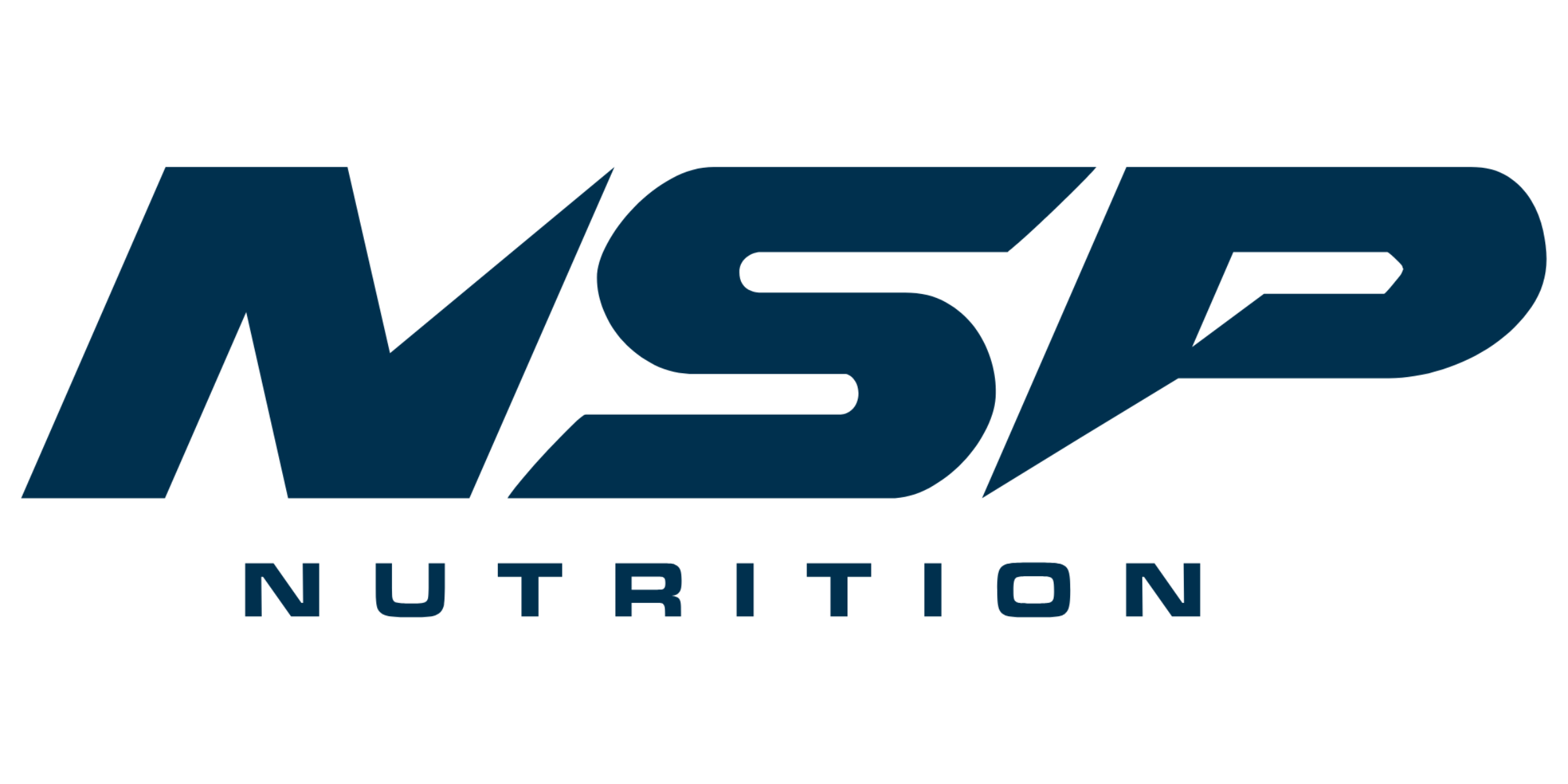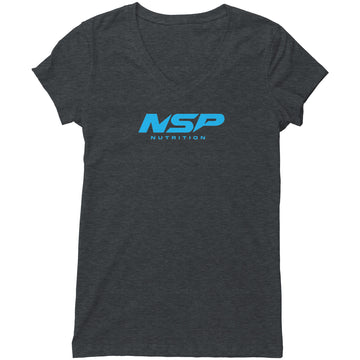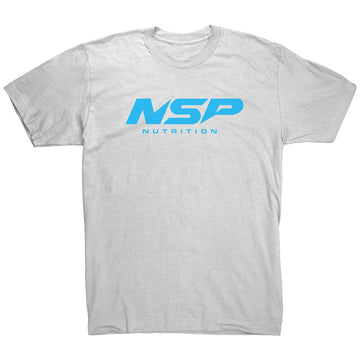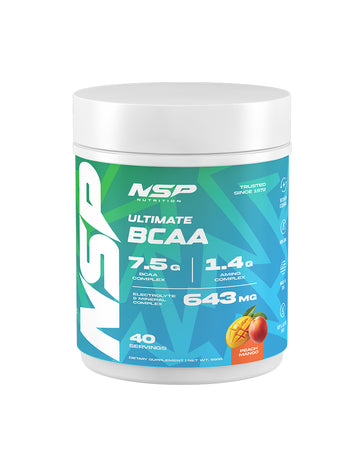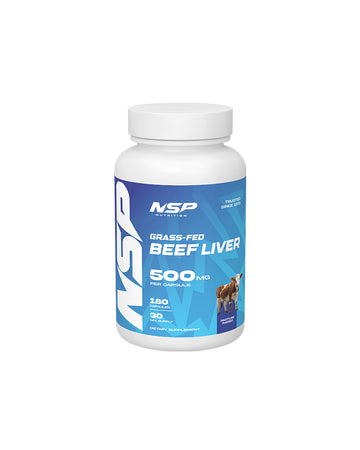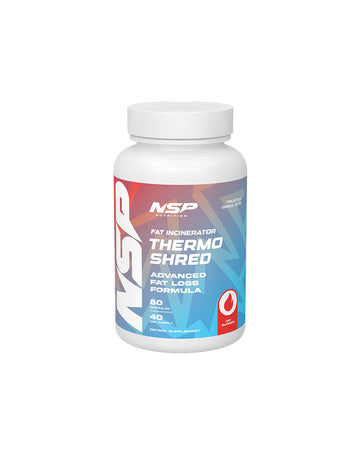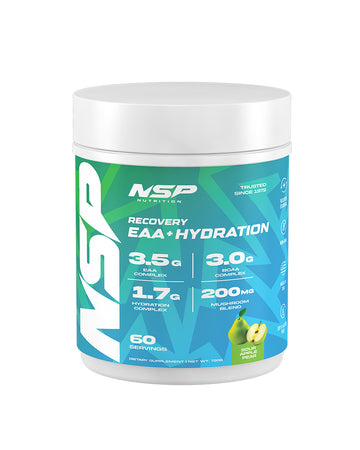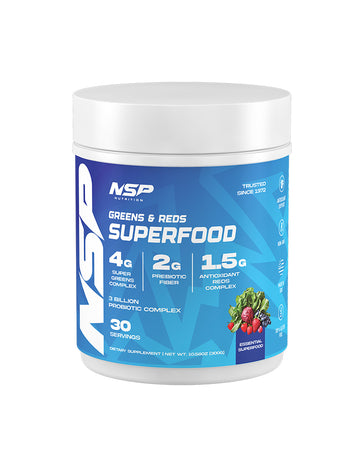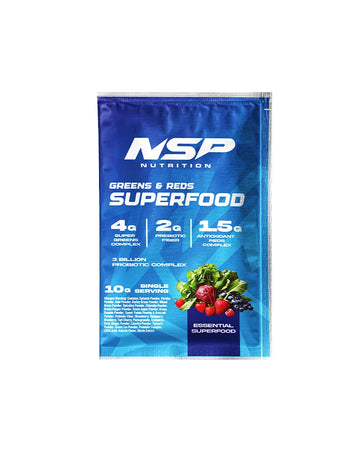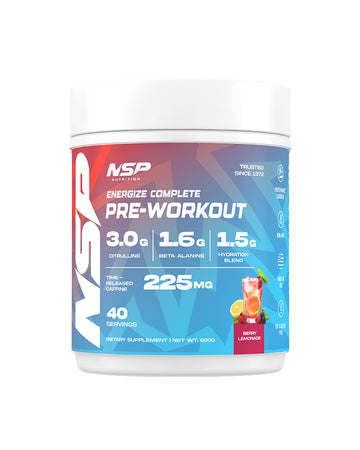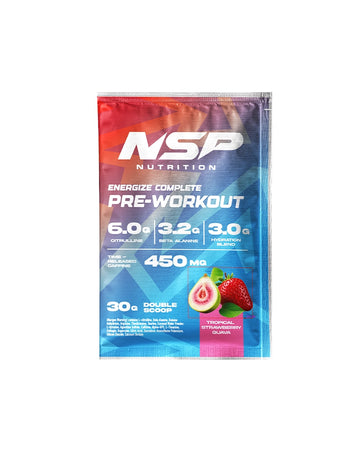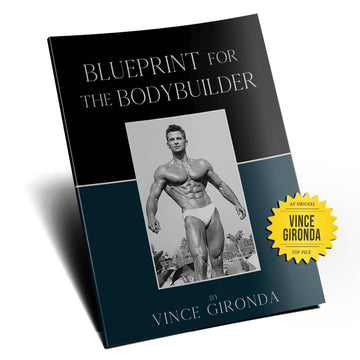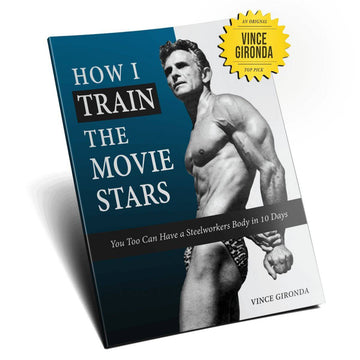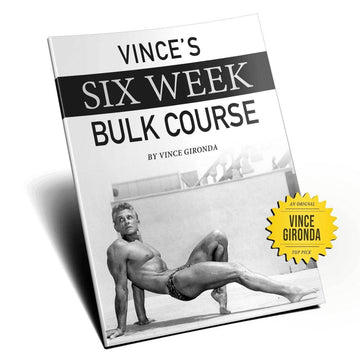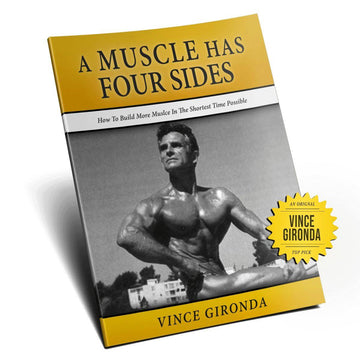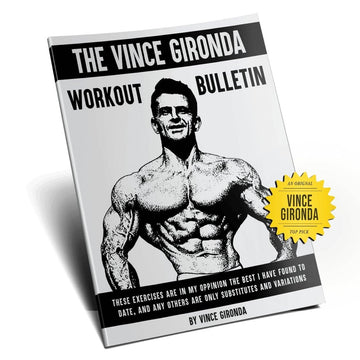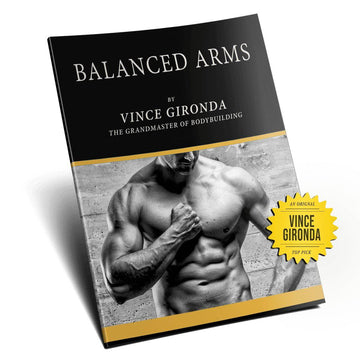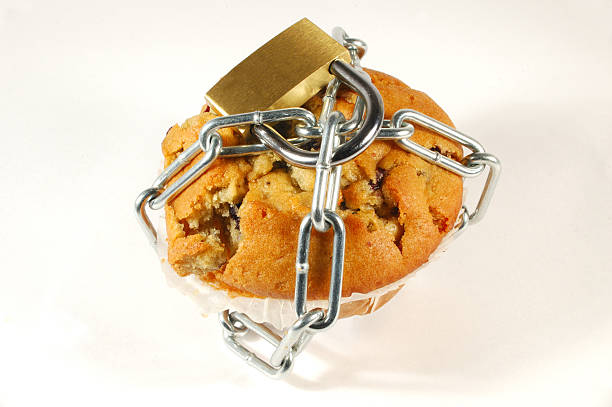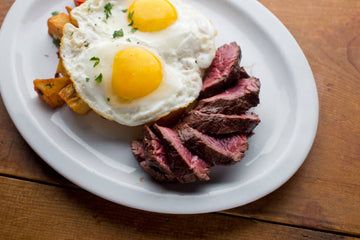In bodybuilding and fitness, training and nutrition go hand in hand to give the best results. Proper nutritional planning is essential to help you get your desired physique.
In recent times, a lot of people have adopted fasting as a form of ‘dieting’ to lose weight.
Sadly, most people don’t do it properly at all.
Why?
Because they don’t have the basic understanding of the process and how to use it effectively.
The result?
They give up, and label fasting as a fad that doesn’t work.
But the fact is, they didn’t follow the proper approach or have the discipline to see it through.
So this article will tell you everything you need to know about intermittend fasting/dietary restriction. This will help you make an informed choice and chose which option is best for you.
You can make a lot of headway in your fitness journey by adopting or combining any one of these nutritional frameworks:
- Dietary restriction.
- Caloric restriction.
- Intermittent fasting.
Dietary Restriction
This involves simply cutting out certain foods entirely from your diet.
This nutritional approach is particularly helpful for overweight who can’t control their intake of certain foods. Oftentimes, these are energy-dense foods with little to no nutritional value i.e. heavily processed foods, such as donuts.
An overweight person can make the conscious decision to stop eating their favourite foods, even in moderation, as these foods can trigger and ruin their weight loss or gains.
So want to lose weight and get in shape, the best and most effective way is to identify any high-calorie favorites and eliminate them from your diet.
It’s not easy denying yourself your favorite meals, but weight loss doesn’t come easy. For those who are overindulgent by nature, this is a great place to start.
Caloric Restriction
Caloric restriction is the conventional dieting method many people use today.
To lose weight, you need to eat and drink fewer calories than you burn. This is known as a caloric deficit. Couple this with a good training plan and you’re well on your way to lose weight.
Studies have even shown that caloric restriction diets can help slow down or even reverse aging.
How to Plan Your Calorie Deficit
Decide the proper calorie deficit for yourself
Eating fewer calories is a surefire way of getting into a caloric deficit but you first off need to determine how much calories you need to function so you don’t get into a deficit too aggressive and not suffer common side effects such as
- Tiredness
- Dizziness
- Nausea
- Constant hunger
You can do this by taking your BMI or body mass index which is your body weight divided by the square of your height in meters.
You can cut off excess calories by taking more water instead of sweetened high-calorie beverages such as soda and alcohol. Unlike dietary restrictions, you can still eat your favorite sweet foods but in moderation, and preferably on higher calorie days.
Meal Prep

Prepping your meals in advance is important if you want to try a caloric restriction diet. It prevents the temptation of falling ‘off plan’ eating higher calorie foods when you’re tired or have limited time to cook meals.It also helps you to make better food choices by replacing unhealthy high calorie foods with healthier options such as
- Vegetables
- Nuts
- Lean proteins.
Exercise
As mentioned earlier, a caloric deficit is when you burn more calories than you consume. Amongst other methods, including supplements, exercise is the best way for you to burn fat, build muscle, and sculpt your physique, so make sure you have a proper training exercise/regimen.
Intermittent Fasting
We’ve finally come to the star of today’s show; intermittent fasting (IF).
In this section, you will find out all about IF including; what it is, the different methods and schedules of IF, the benefits, risks, and tips for this nutritional plan.
What is Intermittent Fasting?
Intermittent fasting is a nutritional plan that divides your day in two; one window for eating, and the other for fasting. This is a popular nutritional framework or form of scheduled eating that you may have seen or heard people try or even tried yourself.
Benefits of IF
Intermittent fasting is a rather broad form and can be done using 3 popular methods or schedules.
The first is known as Time-Restricted Feeding (TRF).
In TRF, you can only eat for a certain number of hours each day. The number of hours can differ in any ratio you want, although there are a few popular schedules which we’ll expand on shortly. The ratio iis usually set to align with your circadian clock. For example, you can set your fasting hours to fall during night-time or times when you don’t expend a lot of energy so you can save energy by sleeping or resting.
Types of TRF Schedules
The 16:8 Schedule
The 16:8 schedule as the name implies is fasting for a period of 16 hours while eating during an 8-hour window.
You can pick any time interval that best suits you to either eat or fast. For example, during your 8-hour window for eating, you can eat from, 11am - 7 am, or 12 pm-pm, or any other interval.
Pros: This schedule is seamless, and the easiest way for beginners to start off with. It allows you to fast and burn fat without feeling overly exhausted and pushing yourself too far.
Cons: Some beginners may struggle to get used to this schedule, especially for the first 2 weeks. That said, your body will adapt over time.
The 12:12 Schedule
The 12:12 schedule is another great way for beginners to begin fasting. It requires you to eat within a 12-hour window and then fast for the remaining 12.
Easy right?
Pros: It’s easy to get into as it requires very little effort. Perfect for beginners and people who have hectic work schedules who want dieting to feel effortless.
Cons:. Since there is a very little window for you to burn fat while you fast, the process can prove to be very sluggish and frustrating.
The 24-Hour Schedule or 24-Hour Fast.
The 24-hour fast schedule doesn’t require you to go a full day without eating. All you have to do is fast from one meal one day to another meal the next, completing the 24-hour cycle.
Pro: It has a very large window for fasting, making it very effective
Con: This is hard-core territory and if you have a physically demanding or mentally taxing job,, you may want to skip this one. Plus, it’s not recommended you do this more than twice a week.
Alternate Day Fasting
This is another form of IF. It involves switching between a 24-hour fast followed by 24 hours of ‘feasting’ or eating.
It can be subdivided into
- Complete Alternate Day Fasting: Here there are’s a zero or complete caloric restriction on fasting days (n No calories are consumed on fasting days)
- Partial Alternate Day Fasting: This schedule involves a very low caloric intake during your fasting days.
Periodic Fasting
Periodic fasting involves fasting for a consecutive period of time longer than 24-hours, with the most popular form being the 5:2 diet where you fast for a period of 5 consecutive days before feasting on the remaining 2 days.
Vince Gironda recommended this diet plan way back in the Golden Era as a way for bodybuilders to clear out their intenstinal tract. By eliminating intestinal mucus that can build up during bulking, it increases the surface area for digestion of food and absorption of food.
This is a common side effect that most bulkers and bodybuilders face when trying to build muscle. So Vince would usually prescribe this effective diet to prepare them for their next phase of muscle growth.
You can find out more about Vince’s 5 Day Fasting Plan here
Tips for IF
Listen to your body
It’s important for you to understand what your body needs or demands so you don’t over-fast to the point where it becomes detrimental to your health. Different people have different hunger thresholds and can stave off hunger for longer periods of time compared to others.
Build up your capacity:
If you’re just beginning to fast, don’t jump straight to the 5 day fasting regimen. Vince Gironda may have recommended this but only for his most experienced bodybuilders.
Drink lots of water:
Contrary to what some people may believe, you shouldn’t go for extended periods of time without water. In addition, staying hydrated helps you stave off hunger.
Use a Fasting Accelerant:
Something like NSP’s Berberine can be helpful here A fasting accelerant is a supplement or compound that helps you lose more weight in relatively shorter fasting periods.
Berberine is an ancient traditional herb that has been used for centuries for weight loss and to regulate blood sugar and may serve as a fasting accelerant.
Use NSP’s Berberine to make the most out of your IF.
Risks of IF
IF has helped thousands of people lose weight and even build muscle over time, but as effective as IF is, there are certain populations who should steer clear of it. These include people who are:
- Hypoglycemic ( Have low blood sugar)
- Breastfeeding
- Pregnant
- Have an eating disorder
- Diabetic.
Conclusion
IF takes a great deal of sacrifice and effort, but it brings great, worthwhile results as well.
So if you want to lose weight, IF may just be the choice for you.
You can also find out even MORE about IF, and the personal experiences of IFBB pro bodybuilder Arman Eckelbarger on our NSP Podcast here.
